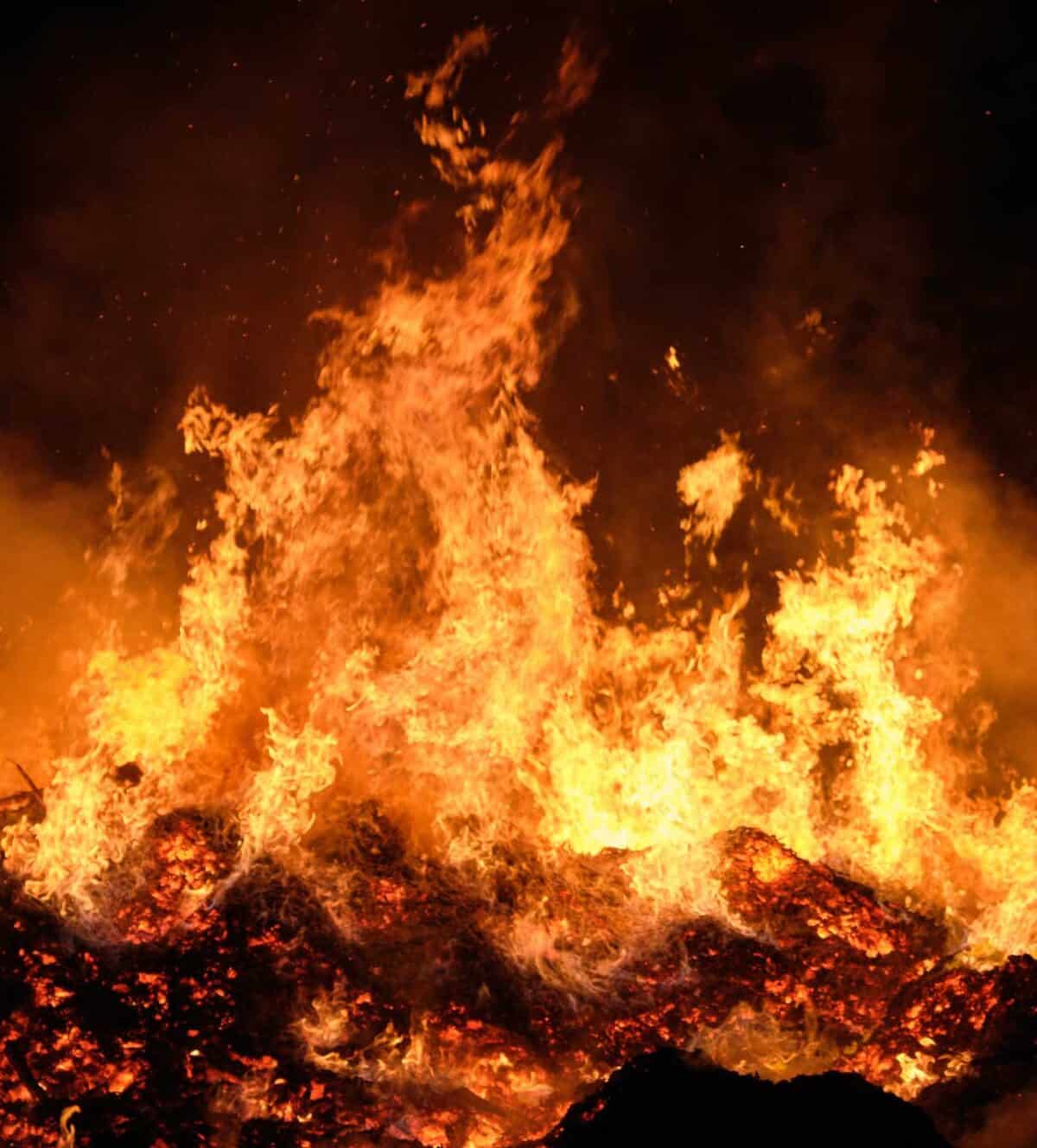
Who are Devas or Devatas?
Because of general or popular belief, a delusory misconception prevails that Divine beings (God or Devta) live in a world above the sky and are invisible to our eyes.

Because of general or popular belief, a delusory misconception prevails that Divine beings (God or Devta) live in a world above the sky and are invisible to our eyes.

Acceptable Spirituo-Scientific Elucidation The Dictum “Everything that begins has to end”. If there is a beginning, there has to be…

Confusing Interpretations and Recordings Preamble Pralaya or dissolution is part or total annihilation of all that is created. Generally, most…

Sometime after we get conceived and when we are born, we have started our journey as a soul with our consciousness ensheathed within the causal, subtle and gross bodies. We are also born with our consciousness (spirit) in an innermost great causal sheath consisting of the ego (I-ness) and worldly consciousness (the memory bank of mind).

Science will have to grapple with Consciousness and try to come to terms with it. The common contention of Science that Consciousness emerges from the brain will be increasingly difficult to explain. How could the soft squishy content of the cranial box create Consciousness is something of a challenge to solve. The brain is a complex organ with trillions of nerve connections formed by nearly 100 billion neurons. The trillions of functional interconnections can at best explain the physical activities of the body and behaviour.

Well, well, what are we now hearing? “The universe itself is conscious”? This is all about a new scientific concept that is taking shape and is called “panpsychism”.

Material scientists allude stubbornly to the false idea of ‘primacy of matter’. So, they remain confounded and baffled by Consciousness. Questions such as ‘Why we have it? & How we have it?’ have remained unanswered.

Dr. Bruce Greyson is a Professor Emeritus of Psychiatry and Neurobehavioral Science at the University of Virginia. He is considered one of the fathers of near-death studies. At a conference held by the United Nations, Dr. Greyson described documented cases of clinically dead individuals with no brain activity, actually observing from above everything that was happening on the medical table in an out of body experience. He spoke about many such individuals who could clearly describe everything that should have been impossible to describe.

What is the origin of Consciousness? A question that modern-day science seeks to answer about Consciousness. Material scientists generally tend to consider Consciousness as a product of the brain. On the contrary, spiritual scientists believe the brain as a receiver of Consciousness. If it is not an offshoot of the brain, then, indeed, physical bodies are not required for its continued existence, and so, awareness can exist outside human bodies.

The ancient Hindi time scales recorded very early were part of a very ancient text of at least 2 million years old. The text is named ‘Surya Siddhanta.’ The present version of the book available is still 2500 years old, making it the oldest book on astronomy on Earth. Though mythological texts consider the contents of the book as the knowledge given by the Sun god to a demon (asura) called Maya, it becomes illogical to accept that a non-living celestial object like the Sun could deliver knowledge to an entity on Earth. Surya has to be a very bright knowledgeable, divine sage of the early members of creation.

The Renowned Astronomer and Cosmologist Carl Sagan once said, “The Hindu religion is the only one of the world’s great faiths dedicated to the idea that the Cosmos itself undergoes an immense, indeed an infinite, number of deaths and rebirths. It is the only religion in which the time scales correspond to those of modern scientific cosmology. Its cycles run from our ordinary day and night to a day and night of Brahma, 8.64 billion years long. Longer than the age of the Earth or the Sun and about half the time since the Big Bang”.

With the manifestation of the Cosmos and the Universes, Astronomy and Physics’ space-time concept came into existence. It represents a combination of the three dimensions of space and the fourth dimension of time, making it a single four-dimensional manifestation.

Scientists cannot even explain what death is and why nucleic acids stop functioning or why the enzymic proteins stop working, leading to loss of energy generation and the resultant breakdown of cells’ structural proteins at the time of death.

Spirituality is the science of ‘purposeful life’, and the dimension of spirituality extends beyond this Universe to a realm beyond the manifest cosmos (Universe of universes). Though material or physical science could help understand the dimension of spirituality within this Universe, an understanding of the dimension of spirituality beyond the cosmos would need a bent of mind of spiritual science. No doubt, physics has moved from the world of molecules to atoms to sub-atomic and still subtler particles. It has also understood the many fundamental forces, all of which only help explain how matter gets formed.

Well, well, what are we now hearing? “The universe itself is conscious”? This view is all about a new scientific concept taking shape and is called “panpsychism”. The idea of panpsychism is the perception that the universe itself has some degree of consciousness. Is traditional material science going to take a somersault?